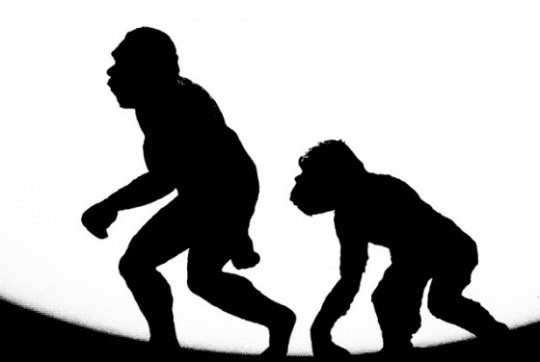Our species’ twisted family tree
Our species’ twisted family tree
In second grade I got influenza and was bedridden for a week. On the advice of Mrs. Pils, our school librarian, my mom brought home a book for me to read: “Turi of the Magic Fingers,” a coming-of-age-cavekid tale that left me forever curious about our evolutionary past.
It turns out that the chain of matings that led up to us is multi-branched, as this story in today’s New York Times explains. Rather than a smooth chronological descent from a point-source somewhere in Africa, our DNA has been cobbled together from not only northward-bound Cro Magnon migrants but also at least two sets of folks they encountered, and apparently vanquished, on the way: Neanderthals in Europe, and Denisovans in Siberia.
And a lucky thing, too. Work by Stanford immunologist Peter Parham, PhD, reprised in theTimes article, suggests that immunologically relevant snippets of DNA of Neanderthal and Denisovan origin that we mongrelized moderns retain to this day have proven instrumental in protecting us from diseases to which Cro Magnons hadn’t been previously exposed.
From the Times piece:
The value of the interbreeding shows up in the immune system, Dr. Parham’s analysis suggests. The Neanderthals and Denisovans had lived in Europe and Asia for many thousands of years before modern humans showed up and had developed ways to fight the diseases there… When modern humans mated with them, they got an injection of helpful genetic immune material, so useful that it remains in the genome today. This suggests that modern humans needed the archaic DNA to survive.
Nobody’s saying it was love – no doubt more of a club-carrying-caveboy-meets-cowering-conquered-cavegirl thing – but the resulting hybrid vigor has perhaps been the saving grace of today’s human race.
By Bruce Goldman
Stanford University Medical Center
Photo by kevin dooley
###
* Stanford University Medical Center integrates research, medical education and patient care at its three institutions – Stanford University School of Medicine, Stanford Hospital & Clinics and Lucile Packard Children’s Hospital.
** The above story is adapted from materials provided by Stanford University School of Medicine
________________________________________________________________




















